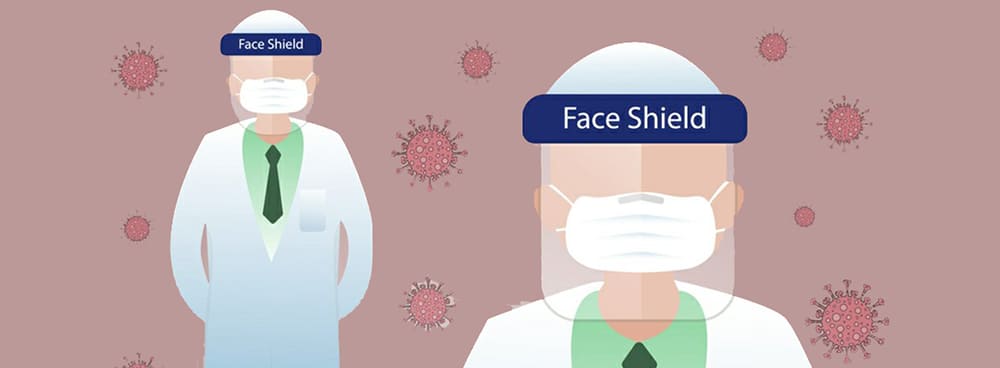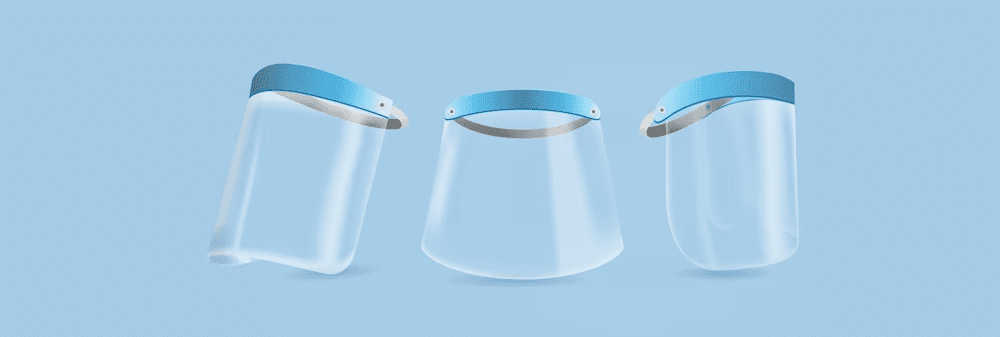A Guide to Medical Face Shields: Materials, Uses, and Safety Precautions

Medical face shields are an essential part of personal protective equipment (PPE) during the COVID-19 pandemic. They are commonly used by healthcare workers in clinical settings to provide additional protection against respiratory droplets and other infectious materials. This article will discuss the materials used to make medical face shields, their functions, usage, and precautions.
Materials:
Medical face shields are typically made from clear, lightweight materials such as polycarbonate or PETG plastic. These materials are highly durable and provide excellent optical clarity. The shield is usually held in place by a headband, which is often made from foam padding to provide a comfortable fit.
Functions:
The primary function of a medical face shield is to protect the wearer's face from respiratory droplets. These droplets can contain viruses or bacteria and can be transmitted through the air or by touching contaminated surfaces. Medical face shields provide a barrier between the wearer's face and these potentially infectious droplets.

Usage:
Medical face shields are easy to use and require minimal training. They are typically worn in conjunction with a surgical mask or other type of face covering, as recommended by the Centers for Disease Control and Prevention (CDC). To use a medical face shield, the wearer should first wash their hands thoroughly and don the appropriate PPE, including gloves and a gown if necessary. The shield should be positioned over the face, with the foam padding resting against the forehead. The wearer should adjust the headband to ensure a snug fit, and avoid touching the shield while in use.
Precautions:
While medical face shields are effective at preventing the transmission of respiratory droplets, there are some precautions that should be taken when using them. First, they should be cleaned and disinfected regularly using an EPA-approved disinfectant. Second, they should not be shared between individuals, as this can increase the risk of cross-contamination. Finally, medical face shields are not a substitute for other PPE, such as masks or gloves, and should be used in conjunction with these items to provide maximum protection.
In conclusion, medical face shields are an important component of PPE for healthcare workers and others who are at risk of exposure to respiratory droplets. They are made from clear, lightweight materials and are designed to provide a barrier between the wearer's face and potentially infectious droplets. When using medical face shields, it is important to follow proper usage and disinfection protocols to ensure maximum protection.










